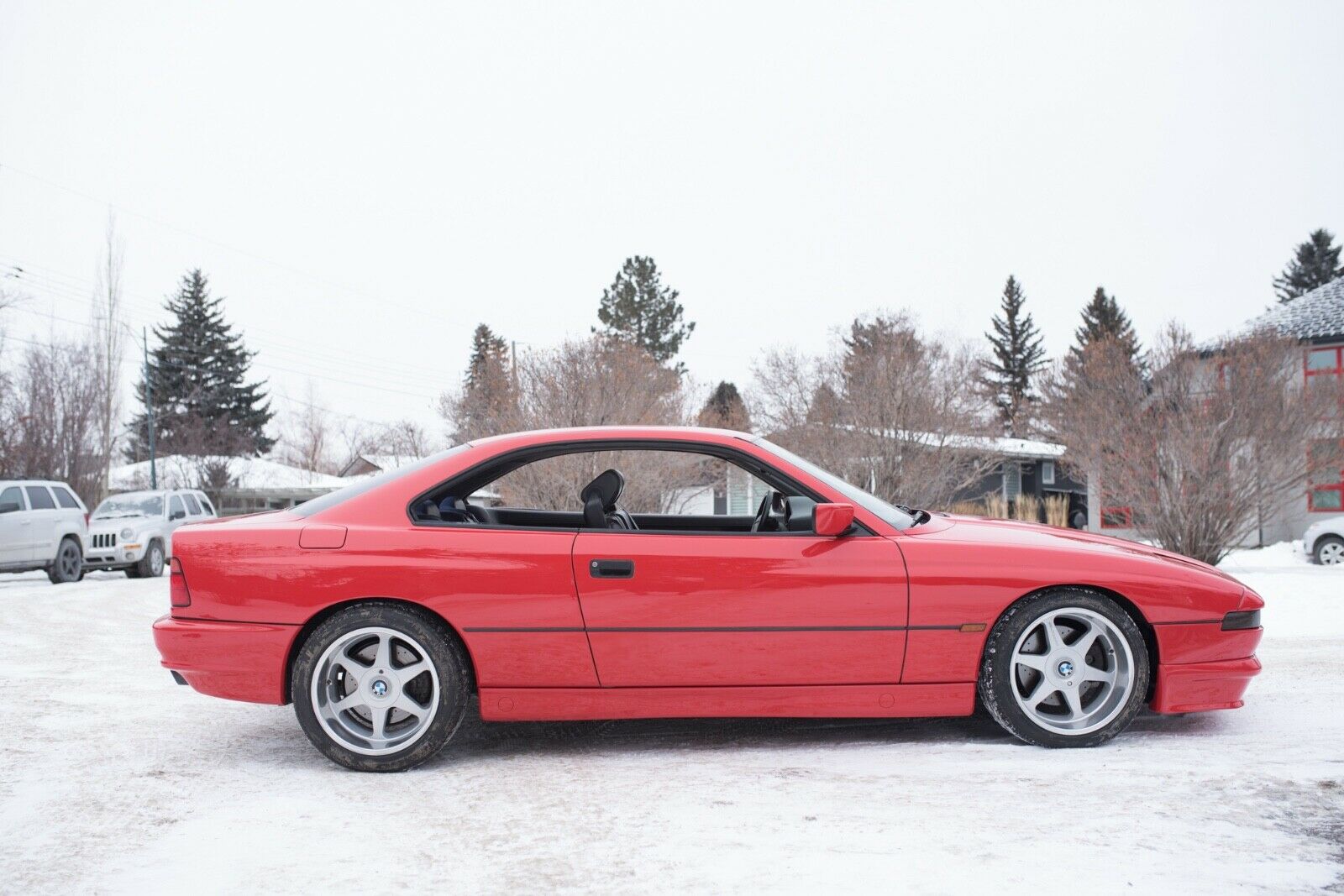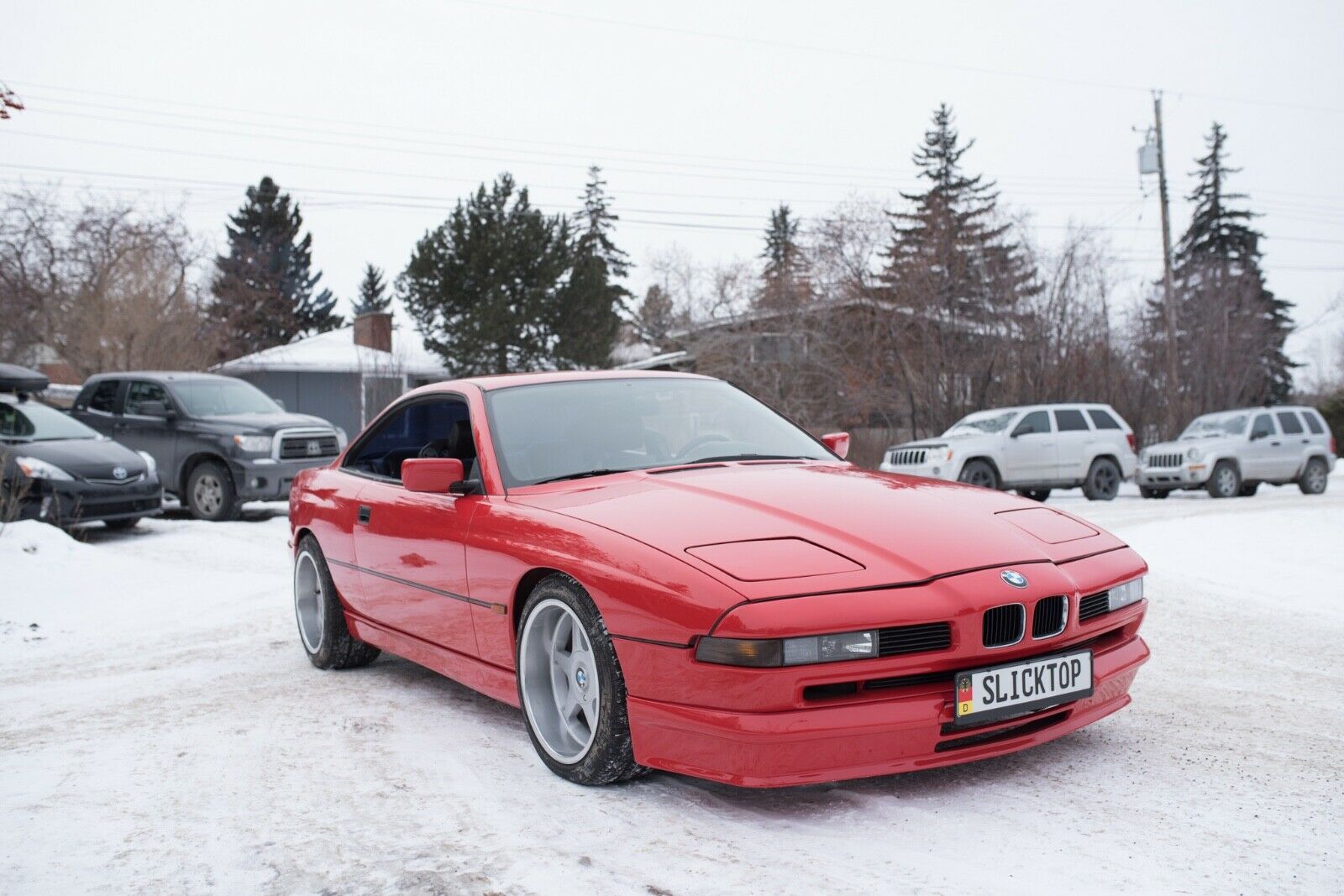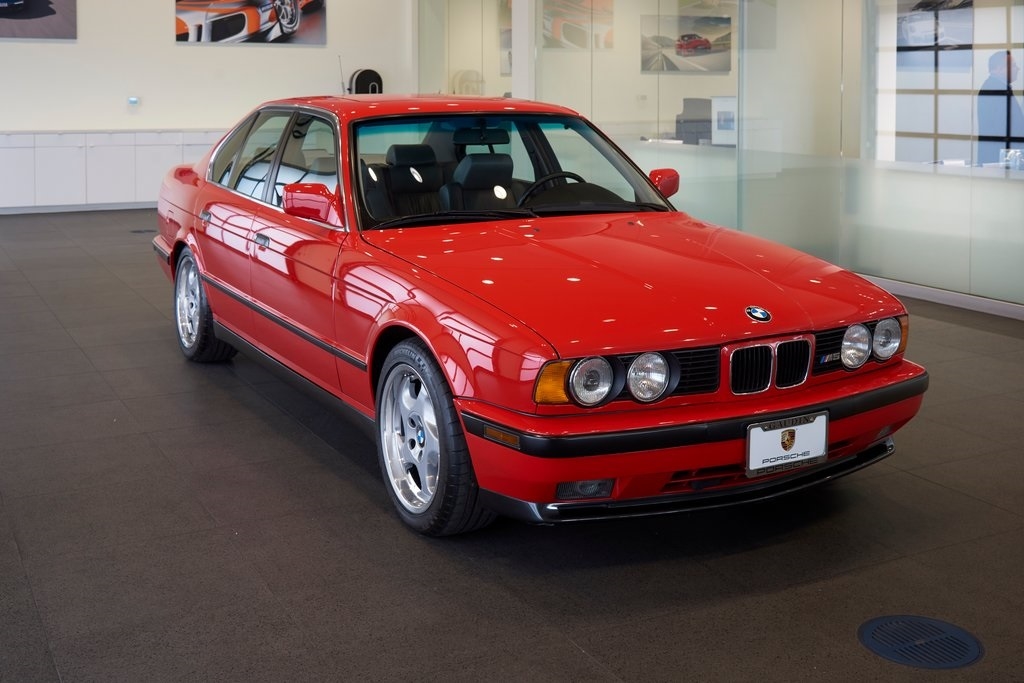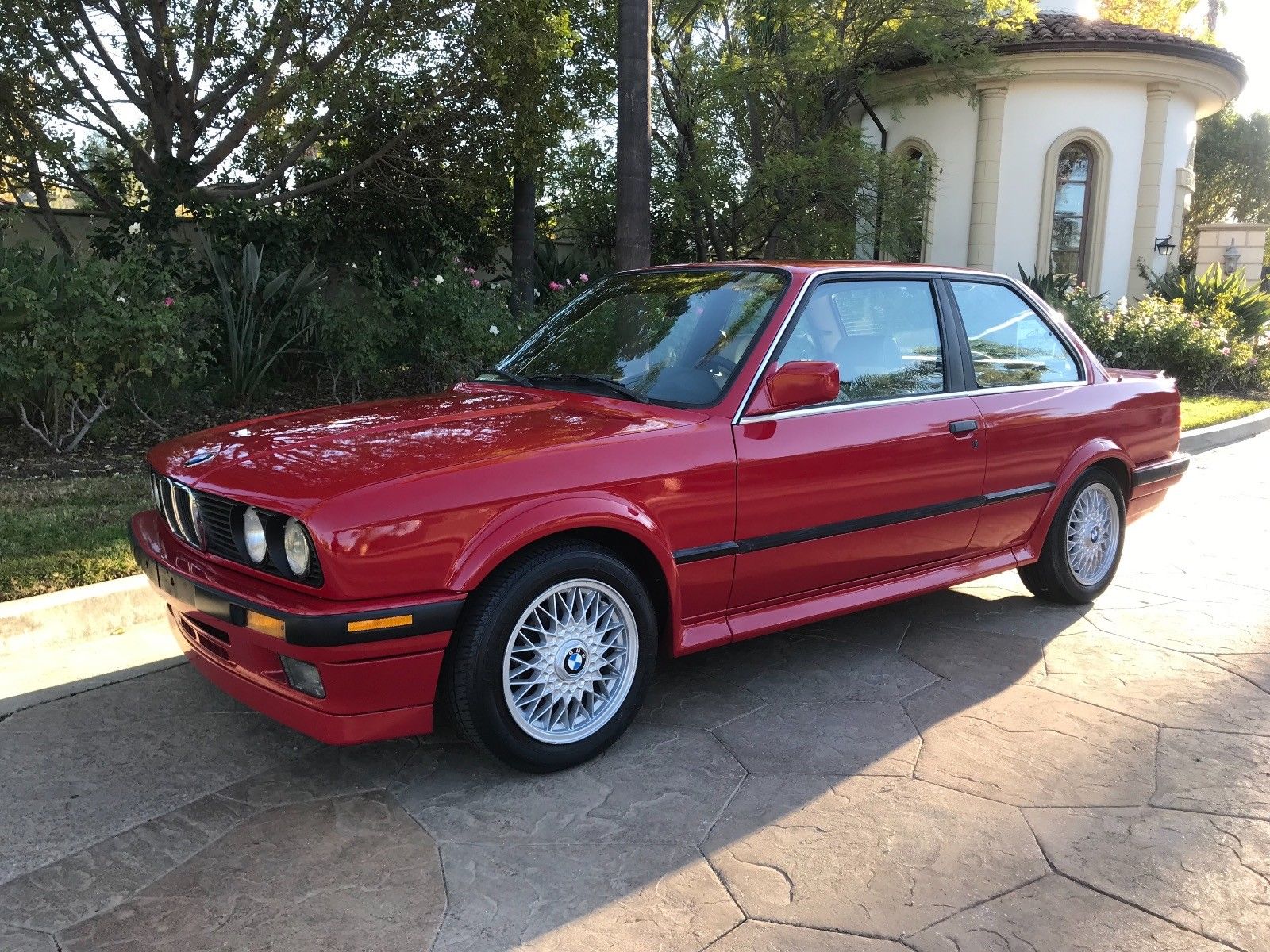If you walked into your local Audi dealer in 2006, this was the absolute cheapest new car you could drive away in. However, it was far from a stripper. Based on the Golf 5, the first A3 to come to the US packed a punch with a 2.0T base motor cranking out 200 horsepower and good for 6.5-second 0-60 runs. Your $25,000 base price also got you a pretty nice interior, and (unlike the bulk of Audis today) it came with a manual transmission. Tick the Sport Package option for $1,800, and you got 17″ wheels, a sport suspension, aluminum interior accents, fog lights, a multifunction three-spoke steering wheel, front sport seats with leather trim, and a roof spoiler. It gave you Audi’s version of a four-door GTI, and as the styling has aged well, these are a compelling alternative to the normal Volkswagen:
Tag: Brilliant Red
Euro cars always hold a special appreciation for me, especially from the 1970s and 1980s. First off, they were much better looking, generally with slimmer bumpers and larger, more clear class lights. There were colors and interiors that we didn’t get in the U.S. as well, helping to set yourself apart. Sometimes there were low-spec engines not imported, but usually the output of the motors that were similar to U.S. cars was higher, giving more performance to enthusiasts. Sometimes that gulf was huge; while usually around 10% higher, a great example is the Quattro which was a full 25% more powerful in Europe than the U.S. restricted version. But as we got towards the late ’80s, the gap inbetween both the looks and performance of the Euro models versus the U.S. models closed steadily. True, in some cases we still didn’t get the full-fat versions of cars like the M3 until the E46 chassis. But for most models, there was a negligible difference. When it came to the BMW E31, in fact, there were almost no differences between the U.S. models and European models; styling was exactly the same, as were the wheels, most of the colors and interiors, and the basic suspension and engine. So, it’s just not nearly as exciting to see a European-spec newer model like this ’91 850i pop up for sale, though it is a bit odd:
CLICK FOR DETAILS: 1990 BMW 850i Euro-spec on eBay
3 CommentsFor years we’ve banged on about the E34 M5, a conundrum of the M lineup. It’s got all the right DNA to be a classic, yet like the similar 944 Turbo has generally languished in value compared to similar products. That may sound like a broken record on these pages, but it’s a tune which is both catchy and sweet-sounding for BMW fans because it means they’re getting more car for their money. They’ve got plenty of the right ingredients – the last of the individual throttle body S38 motors producing 315 horsepower, Motorsport details throughout, a great subtle look which still is commanding of respect, supreme road manners and limited numbers – only 1,678 were imported. It’s the right recipe for a future classic. This chassis is still generally overlooked compared to the E28 and E39 models, but those that have spent some time behind the wheel of these well engineered, hand-built Q-Ships proclaim they’re one of the best BMW products made. Recent market activity in since 2016 has started to remix the tune, though, and E34s have been on the rise. Hagerty currently places top value on 1991 M5s at over $70,000 – steep sounding given what many traded for over the last few years, but perhaps more in line with their legendary build quality and performance especially when considering their siblings. So let’s see what a top value M5 looks like today:
CLICK FOR DETAILS: 1991 BMW M5 on eBay
1 CommentI’ve been accused of ignoring the E30 325ix. True enough, I’ve flatly declared that I’m much more an Audi fan from the period. But the BMW was a pretty interesting development from Munich, and as these are still market darlings, it’s certainly worth taking a look.
While BMW wouldn’t launch the U.S. spec ix until 1988, Europeans were introduced to the concept in 1986. Unlike Audi’s quattro system which utilized a rearward driveshaft tacked on to a front-wheel drive transmission output shaft, BMW mated a transfer case and two viscous couplings, which effectively were front and rear limited-slips. This was very different from Audi’s contemporaneous system, which relied on the driver to lock the rear and center differentials that were otherwise open. The 325ix was able to be mated to an automatic transmission long before Audi would do so in the small chassis. BMW’s system was also more rearward biased, with 67% of the power being sent to the back wheels. While still more prone to understeer than a standard 325i, it was less so than the Audi.
Then, of course, there was the power difference. Because of suspension and other changes between the front-drive and quattro Audis, the system added about 225 lbs to the curb weight, while BMW claimed the ix system added around 150 lbs. Since both cars made use of otherwise standard engines, the advantage was again with the BMW. The M20B25 cranked out nearly 170 horsepower, some 40 more than the NG 2.3 inline-5 shared in the 80/90 quattros. The only real external differences between the 325i and 325ix were the addition of the color-matched fender flares and rear spoiler, slightly higher ride height and 15″ BBS mesh wheels, and the simple addition of one “x” behind the normal designation. Weren’t times so much more simple?







